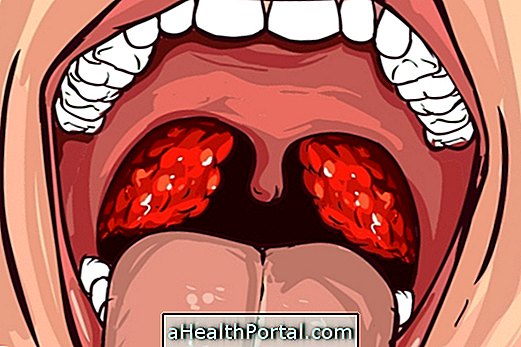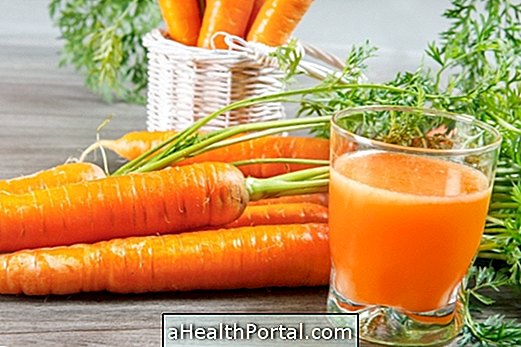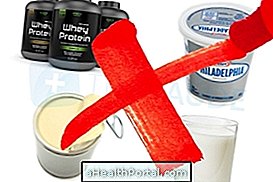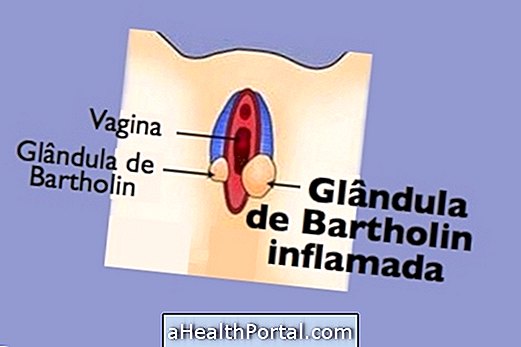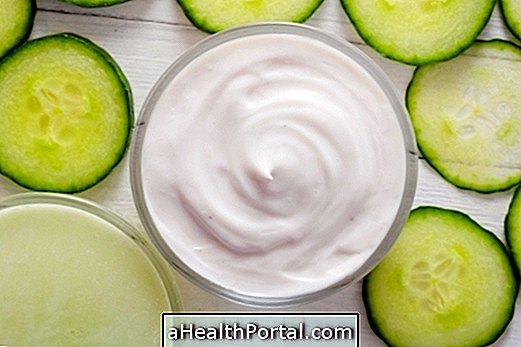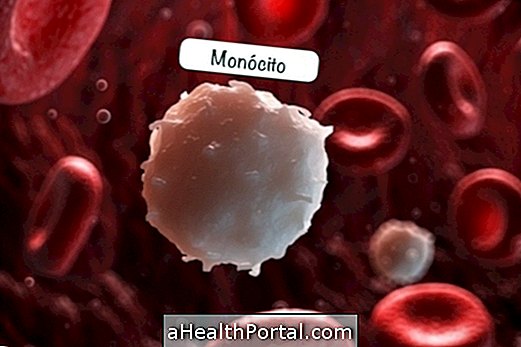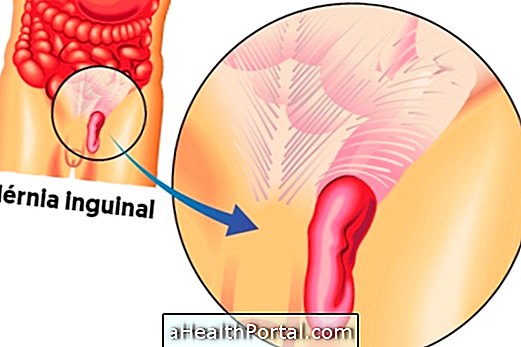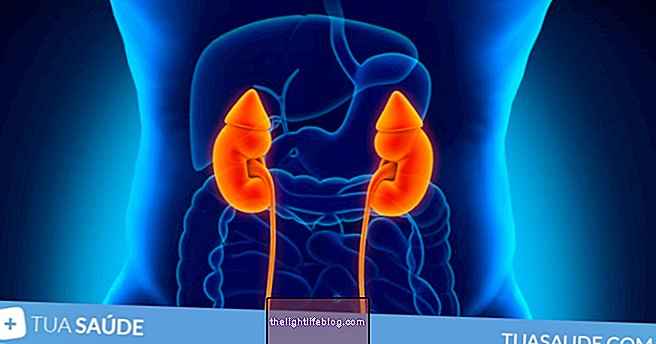Prebiotics are substances present in some foods, which serve as a substrate for certain microorganisms present in the intestine, favoring the multiplication of bacteria beneficial to digestion.
The prebiotics that demonstrate health benefits are fructooligosaccharides (FOS), galactooligosaccharides (GOS) and other oligosaccharides, inulin and lactulose, which can be found in foods such as wheat, onion, banana, honey, garlic, root of chicory or burdock, for example.

How they work
Pre-biotics are food components that are not digested by the body, but that are beneficial for health, because they selectively stimulate the multiplication and activity of bacteria that are good for the intestine. In addition, studies prove that prebiotics also contribute to the control of the multiplication of pathogens in the intestine.
As these substances are not absorbed, they pass into the large intestine, where they provide substrate for intestinal bacteria. Soluble fibers are usually fermented quickly by these bacteria, whereas insoluble fibers are fermented more slowly.
These substances generally act more frequently in the large intestine, although they can also interfere with microorganisms in the small intestine.
What are worth for
Pre-biotics contribute to:
- Increased bifidobacteria in the colon;
- Increased absorption of calcium, iron, phosphorus and magnesium;
- Increase in the volume of feces and the frequency of bowel movements;
- Decrease in the duration of intestinal transit;
- Regulation of blood sugar;
- Increased satiety;
- Decreased risk of developing colon and rectal cancer;
- Reduced levels of cholesterol and triglycerides in the blood.
In addition, these substances also contribute to strengthen the immune system and the formation of the newborn's microbiota, helping to reduce diarrhea and allergies.
Foods with prebiotics
The prebiotics currently identified are non-digestible carbohydrates, including lactulose, inulin and oligosaccharides, which can be found in foods such as wheat, barley, rye, oats, onions, bananas, asparagus, honey, garlic, chicory root, burdock or green banana biomass or yacon potato, for example.
See more foods rich in inulin and learn more about the benefits.
In addition, prebiotics can also be ingested through food supplements, which are usually associated with probiotics, such as Simbiotil and Atillus, for example.
What is the difference between prebiotic, probiotic and symbiotic?
While pre-biotics are the fibers that serve as food for bacteria and that favor their survival and proliferation in the intestine, probiotics are those good bacteria that live in the intestine. Learn more about probiotics, what they are for and what foods they are in.
A symbiotic is a food or supplement in which a probiotic and a pre-biotic are combined.
Was this information helpful?
Yes No
Your opinion is important! Write here how we can improve our text:
Any questions? Click here to be answered.
Email in which you want to receive a reply:
Check the confirmation email we sent you.
Your name:
Reason for visit:
--- Choose your reason --- DiseaseLive betterHelp another personGain knowledge
Are you a health professional?
NoMedicalPharmaceuticalsNurseNutritionistBiomedicalPhysiotherapistBeauticianOther
Bibliography
- ULRICH Belmmo; MOUMITA Sahoo et al. Honey, Probiotics and Prebiotics: Review. Research Journal of Pharmaceutical, Biological and Chemical Sciences. 7.5; 2428-2438, 2016
- COUTO, Cinthia de Carvalho. Prebiotic Foods - Use and availability in the market. Available in: .
- WORLD GUIDELINES OF THE WORLD GASTROENTEROLOGY ORGANIZATION. Probiotics and prebiotics . 2011. Available at:. Accessed on 28 Oct 2019
- SAAD, Susana Marta Isay. Probiotics and prebiotics: the state of the art. Brazilian Journal of Pharmaceutical Sciences. 42. 1; 2006
- FERREIRA, Célia L. L .. Prebiotics and probiotics - Update and prospecting. 2. Brazil: Rubio, 2018.



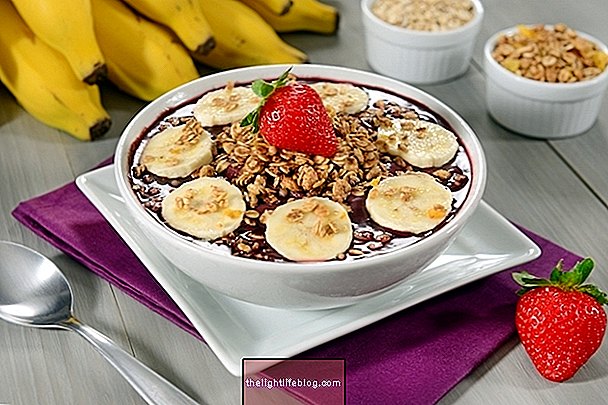
-o-que-so-tipos-e-para-que-servem.jpg)


